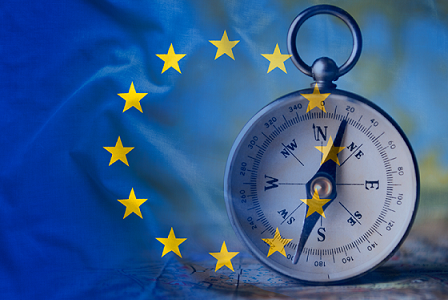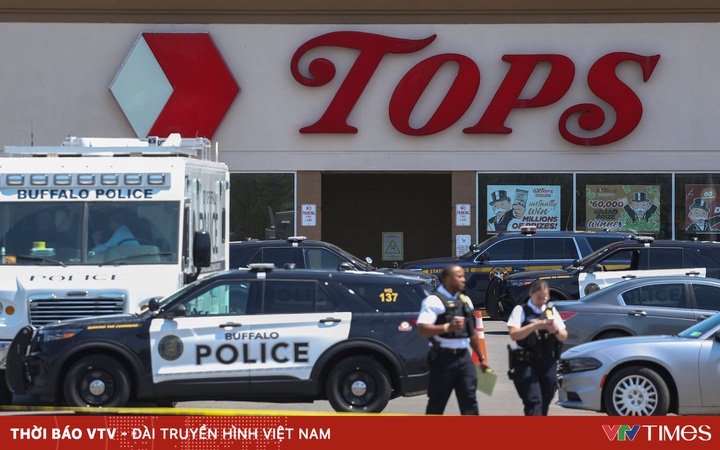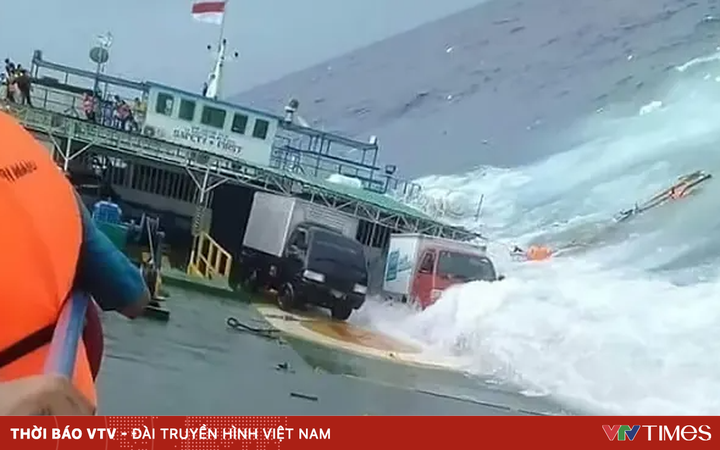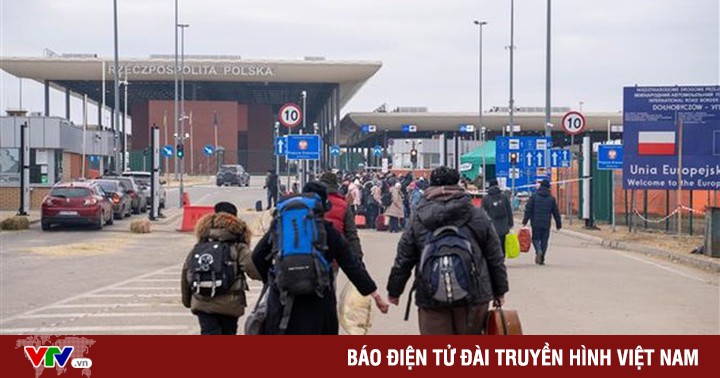A small part of the EU’s “big answer” to the Ukraine crisis
 |
| The EU Strategic Compass Plan focuses on four key pillars of action, investment, partnership and security. (Source: BSG) |
“Guideline”, opening the direction of ambition
Josep Borrell, High Commissioner for Security and Foreign Policy of the European Union (EU) at the Council of Foreign Ministers and Defense Ministers meeting in Brussels on March 21 affirmed: “Threats are increasing. The growth and cost of inaction are clear. We are responsible for our own security before the citizens of the bloc and the rest of the world.”
According to EuronewsEU adoption of the Strategic Compass provides the EU with an ambitious program of action to strengthen the alliance’s defense and security policy by 2030, with an emphasis on enhancing the bloc’s strategic autonomy. and the ability to work with partners to protect EU values and interests.
The EU statement read: “The bloc has been discussing the plan for the past two years, and with the security environment increasingly unstable, the alliance is forced to strengthen its capacity, especially investing in defense capacity. ready to act at any time. This is only a small part of the EU’s big answer to the situation in Ukraine.”
Specifically, the plan adopted by the 27 European member states includes four main pillars: action, investment, partnership and security. At the heart of the plan is the use of combat groups established in 2007 to build a unit capable of quickly maneuvering when needed, up to 5,000 troops by 2025.
This force will consist of army, air force and marine divisions, which can be used during different phases of an operation, in an unfavorable environment, such as initial infiltration, fortification or reserve to ensure safe exit.
According to the initiative, it is not necessary for all 27 member states to contribute troops to the joint force, but any deployment needs to be agreed upon by all parties. The German side immediately expressed its desire to supply the core of the rapid response force within the first year.
Pressure from Russia’s military campaign
According to the newspaper Le Soir (Belgium), Moscow’s special military operation in Ukraine has contributed to promoting the EU’s decisive step, through the Strategic Compass, to improving Europe’s defense and security capabilities.
European countries, from the Baltic region to the borders of the Mediterranean, have different perceptions of “threats”. The Russian military campaign created a tectonic change in European history.
In fact, from November 2021, before the withdrawal of US troops from Afghanistan at the behest of US President Joe Biden and Washington’s secret establishment of a trilateral alliance with Australia and the United Kingdom (AUKUS) in the Indian Ocean. -Pacific, the EU has come up with its own strategy for the region.
At the time, Charles Michel, President of the European Council, believed that “excessive dependence, even on closest friends, is unsustainable”.
The Ukraine crisis has made the EU feel the need to have a strategy of its own. The aim of the Strategic Compass is the commitment to an EU with greater responsibility for the security of Europeans and the protection of European interests in the vicinity.
In addition, the Strategic Compass reinforces another aspect, that of the security of “neutral” countries, i.e. members of the EU but not part of the North Atlantic Treaty Organization (NATO). such as Finland, Sweden, Austria, Ireland, Cyprus and Malta. Accordingly, these “neutral” countries will receive security support from the EU under article 42.7 of the European Treaty.
Experts assess, two decades after EU leaders first agreed to create a force of 50,000-60,000 troops but failed to function, the strategy of the bloc’s foreign policy chief Josep Borrell was the most concrete attempt to create an independent military force.
However, Strategic Compass notes that NATO remains fundamental in the defense of the territory of the Old Continent, as well as for the member states of the alliance.
Countering the notion that the EU’s push for militarization could weaken NATO’s strength, High Commissioner Josep Borrell stressed that the EU’s plans are actually “a way to make NATO stronger, through strengthening the defense power”.
It is known that the EU’s military commitments will continue to be discussed with US President Joe Biden on March 24 at the Extraordinary NATO Summit. The cost-sharing of garrisoning US forces in the Baltic states of Poland, Romania, Bulgaria and Slovakia will be among the topics of the discussions.
at Blogtuan.info – Source: baoquocte.vn – Read the original article here



